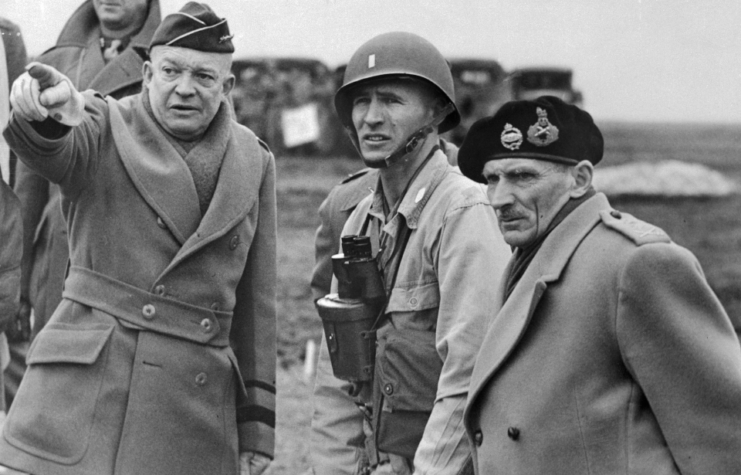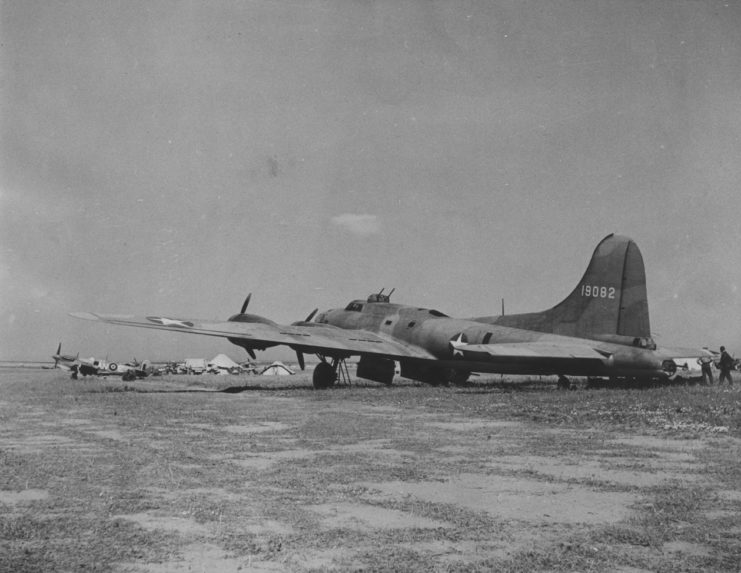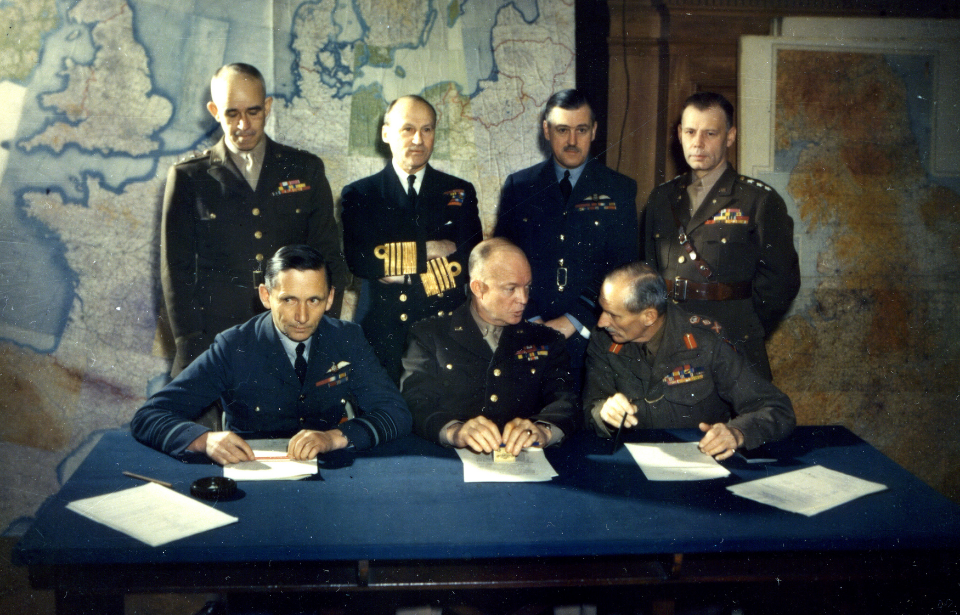War is not normally a time for playing games and making bets, but that’s exactly what happened in 1943 between General Dwight D. Eisenhower and Lieutenant-General Bernard Montgomery.
Although Eisenhower would honor the bet and give Montgomery a B-17 Flying Fortress bomber, he was not pleased that Montgomery accepted the plane. It also annoyed another man, General Patton.
Montgomery in North Africa
It was 1942 and Montgomery was battling German Field Marshall Erwin Rommel across the arid expanses of North Africa. Although the Allied forces were pushing Rommel back, it was costing them dearly in men and resources.

To ensure Rommel was constantly on the back foot, Montgomery wanted more men and equipment brought in to help. Other Allied nations shared this desire, as they wanted to secure North Africa to enable the Allies to comfortably and effectively launch the invasion of Italy, which would eventually take place in mid-1943.
This was the reasoning for Montgomery’s Operation Lightfoot on October 24, 1942, which was designed to knock Rommel out of Africa once and for all. Months of deception had fooled the Germans into keeping where the operation would take place a secret, with fake ammunition dumps, dummy tanks, and supply trucks. At 21:40, an enormous 1,000-gun artillery barrage marked the beginning of the assault.
Thousands of Allied troops and hundreds of tanks advanced towards the Germans, causing them to retreat in panic. Not long after the attack began, Operation Torch brought 73,000 Allied troops onto Africa’s northern shores to push the Germans east.
The Allies and Axis clashed while General George S. Patton and Montgomery were racing each other to liberate cities and territories. They were making good progress, but Eisenhower wanted more. A few months into the operation he sent his chief of staff Major General Bedell Smith to visit Montgomery at his headquarters.
The bet
It was during this meeting that Montgomery enquired about being given a Boeing B-17 Flying Fortress to use as his own personal transport aircraft. According to Smith, he jokingly said to Montgomery that if he was able to liberate the Tunisian city of Sfax by April 15, his wishes would be granted. While Smith apparently meant this as a lighthearted joke, for Montgomery, it was game on.

Montgomery beat the deadline by five days when he captured Sfax on April 10, 1943. Immediately after, Montgomery, who had a reputation for being a bit tactless, requested Eisenhower honor the agreement, which he did, sending him a B-17 and a crew of men to operate it.
12,731 B-17s were built in total, so Montgomery receiving just one doesn’t seem like an issue today. Things were much more tense back then, however. The move caused unrest amongst the Allies’ most critical commanders. Eisenhower was disappointed that Montgomery would even accept the aircraft, as they were desperately needed for bombing missions at a time when losses were extremely high.
More from us: The Death Of The Yamato, A New Class Of Japanese Battleship
Meanwhile, Patton was furious that Eisenhower would give the British commander a personal bomber as transport while he was hitching any ride possible for transport.
None of this would matter in the end, though, as the bomber was damaged in a crash landing just a month after he received it. Eisenhower did not replace it.
